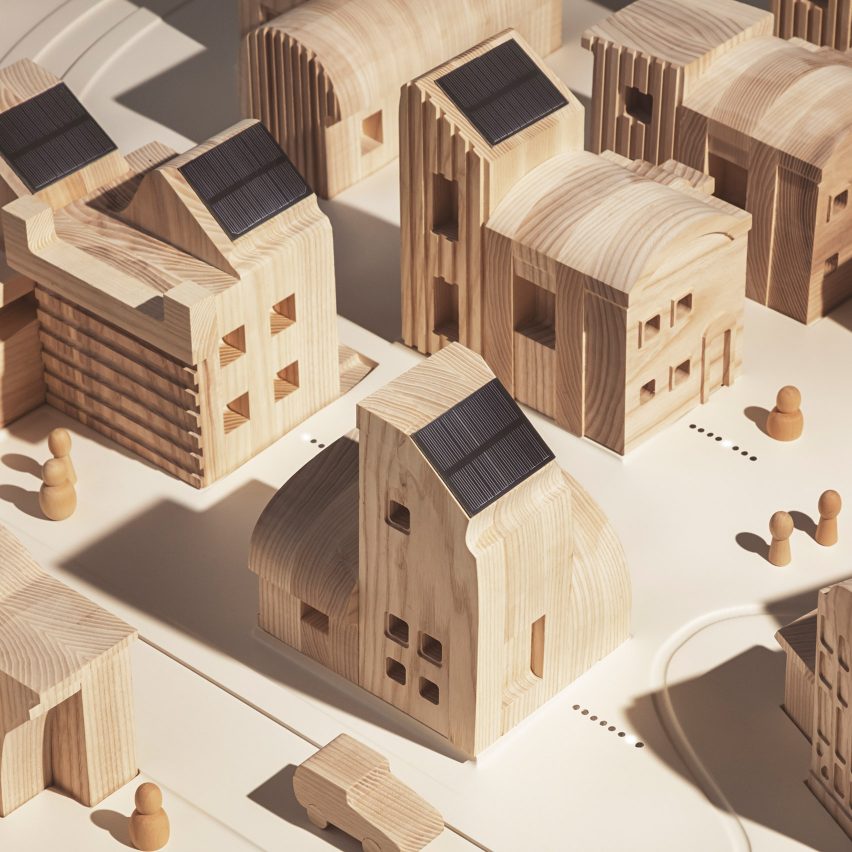
IKEA's research lab Space10 has crafted a miniature wooden village to demonstrate how communities could create their own circular clean energy system.
The proposal uses solar panels and blockchain technology to create a functioning energy system via a neighbour-to-neighbour trading scheme.
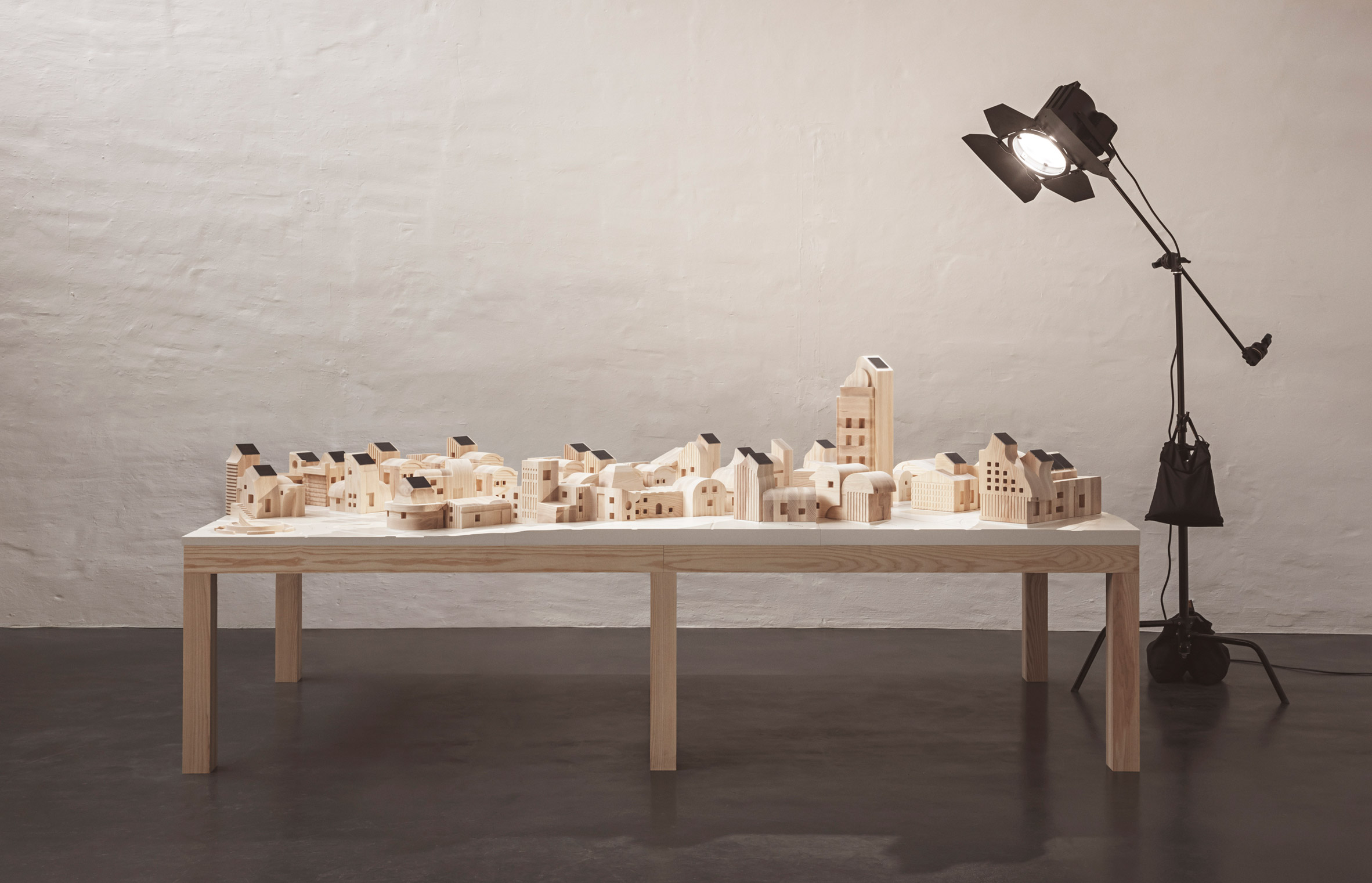
Space10 and architecture practice SachsNottveit brought the idea to life with blockchain experts BLOC, Blocktech and WeMoveIdeas, which would allow small towns to make and share their own affordable, renewable energy.
The installation is a working prototype of a village, called SolarVille, built to a 1:50 scale. It comprises a series of miniature wooden houses illuminated by an overhanging lamp to imitate the sun.
"Our design approach was to turn a very complicated, technical project into something familiar, approachable and playful," said SachsNottveit co-founder Anders Nottveit.
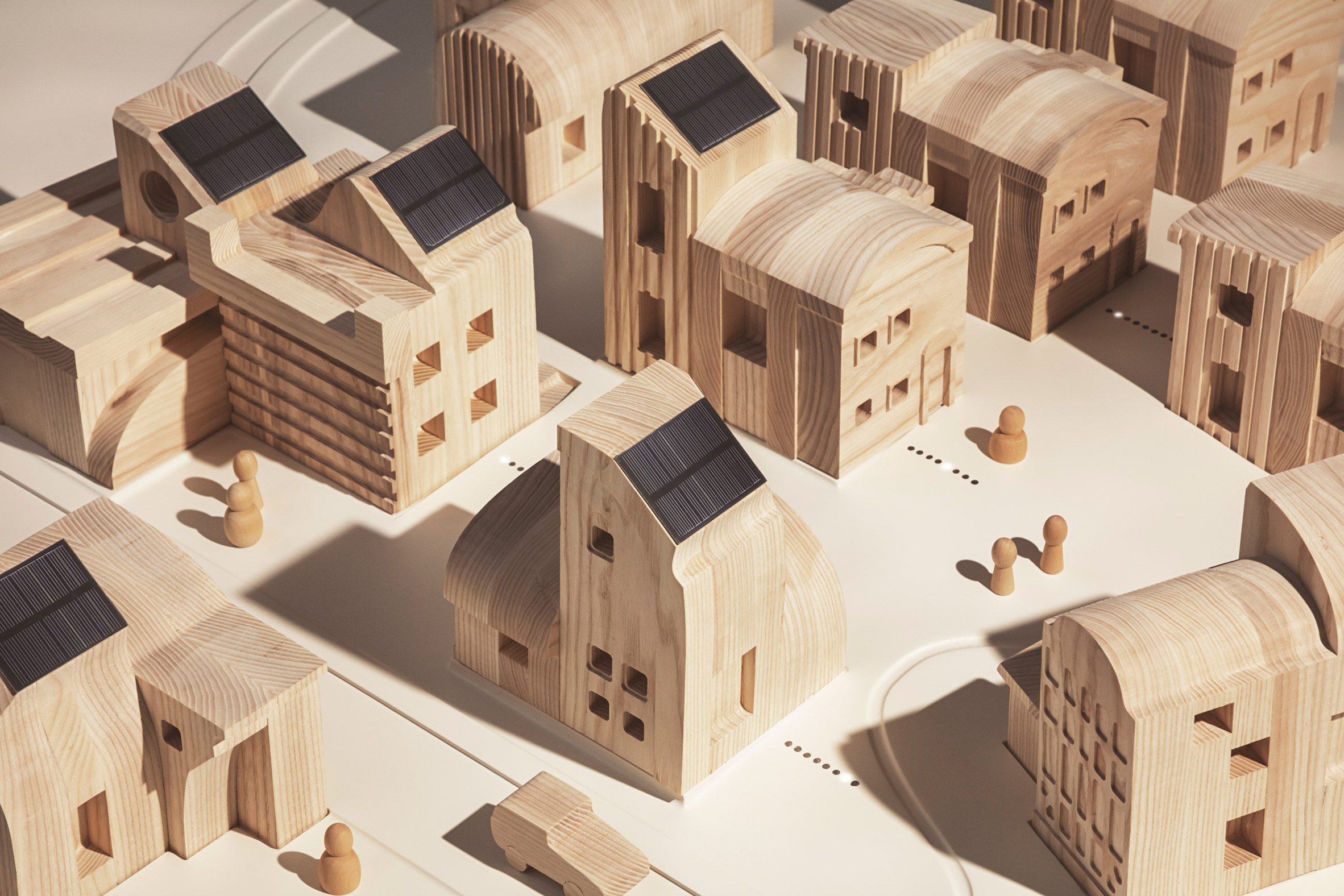
The concept sees households generate their own renewable energy using solar panels, and any excess electricity generated can be purchased by other households in the community directly from the producer using blockchain technology.
It aims to democratise access to renewable energy by establishing co-operative micro-grids in village communities.
"SolarVille is an ambitious yet fully realisable concept for the future," said Space10. "[It's] power to the people in its most pure form. People buy renewable energy from their own community, which means the money stays in their community."
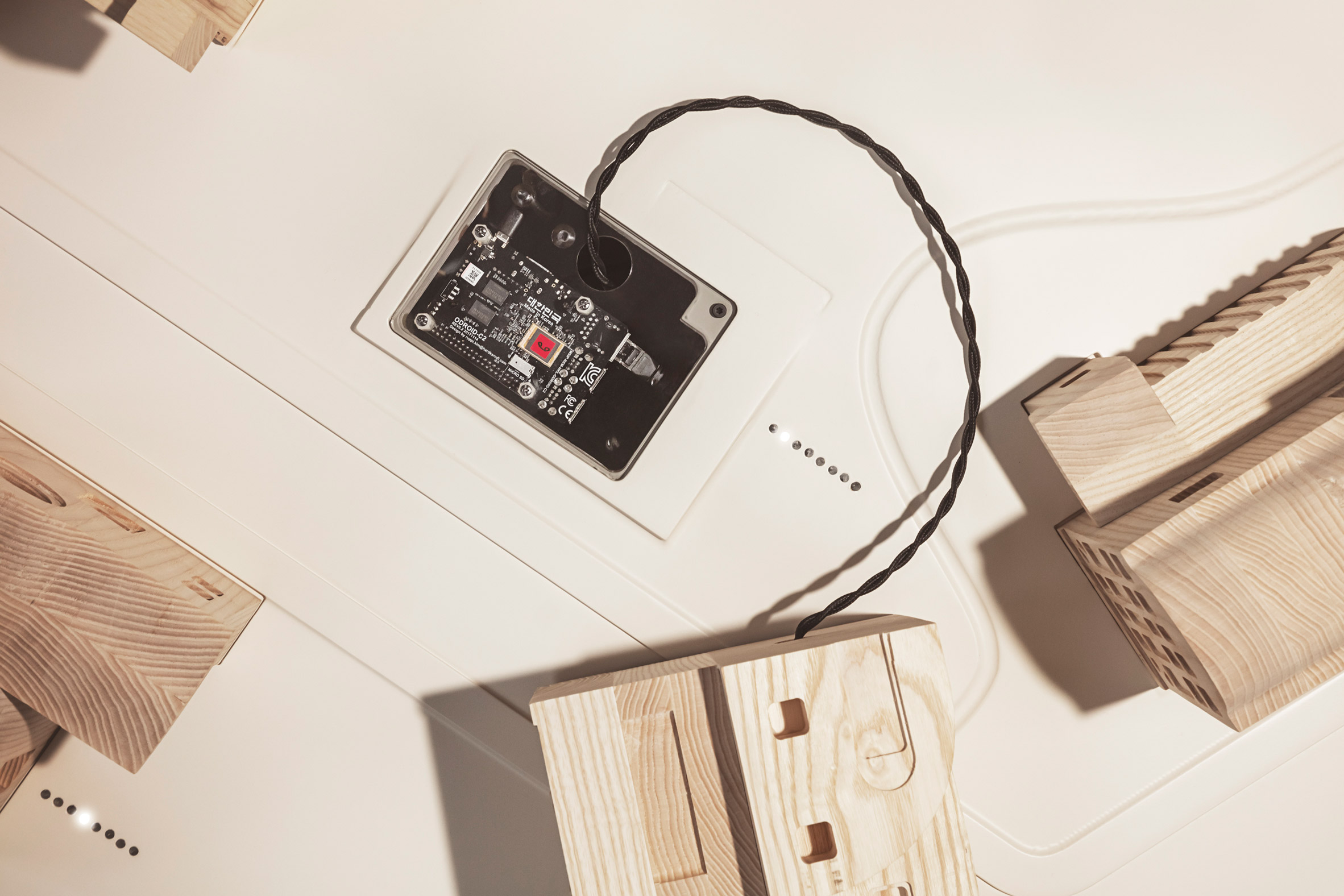
Space10 and SachsNottveit chose to build the village from hardwood for its "warm and natural" qualities, which they felt contrasted with the technical nature of the project.
"Another important design decision was to develop an inclusive architectural language that combined building details and city structures from different cultures and countries – so SolarVille didn't speak to one part of the world while alienating others," they explained.
Rows of small LEDs embedded in front of each house on the installation light up to show the energy traded within the community, while a hatch on the side of the table allows visitors to see the real-time energy transactions taking place via the blockchain technology.
These features allow visitors to observe and interact with a functioning and scalable system of energy resources being traded in a peer-to-peer blockchain network as it's happening.
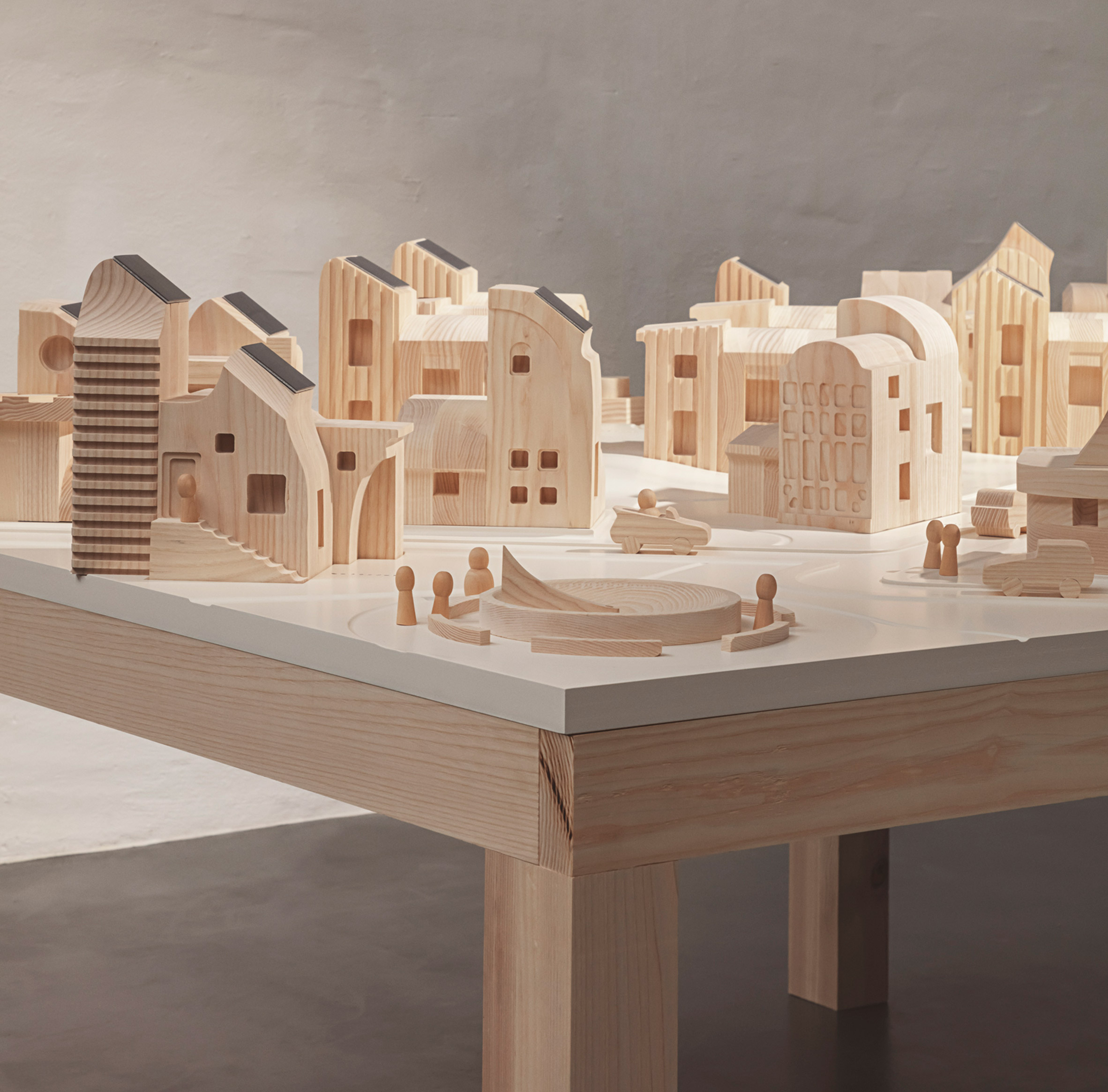
The model village uses solar panels to harness the free and abundant energy from the sun, ensuring that the system can efficiently store any excess energy received for a rainy day.
This energy is then distributed using wires to connect households in the local neighbourhood together to create a standalone micro-grid.
"Solar power is already cost competitive in several areas of the world and we can only expect a continuous fall in prices," said Space10. "[And] after a century of stagnation, batteries have started to rapidly develop, leading to much better storage and much cheaper prices, which makes batteries commercially viable."
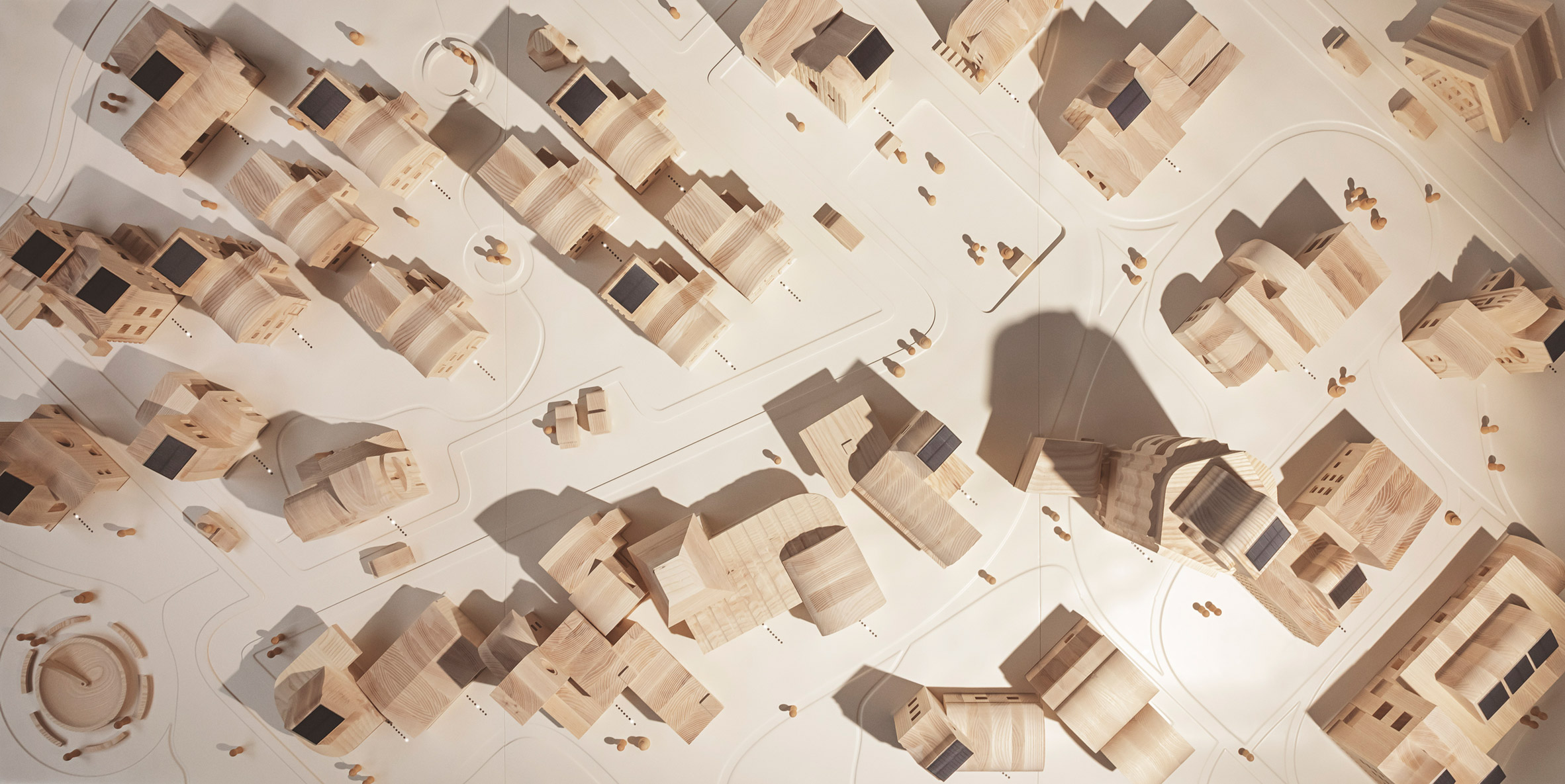
The blockchain technology offers a secure and decentralised trading platform. It records and stores the direct energy transactions between people, and automatically intervenes when certain conditions aren't met.
This reduces transaction costs as well as increasing transparency and security.
"The cutting out of intermediaries is the final step towards a truly distributed energy system that could potentially empower people with affordable, clean energy," explained Space10.
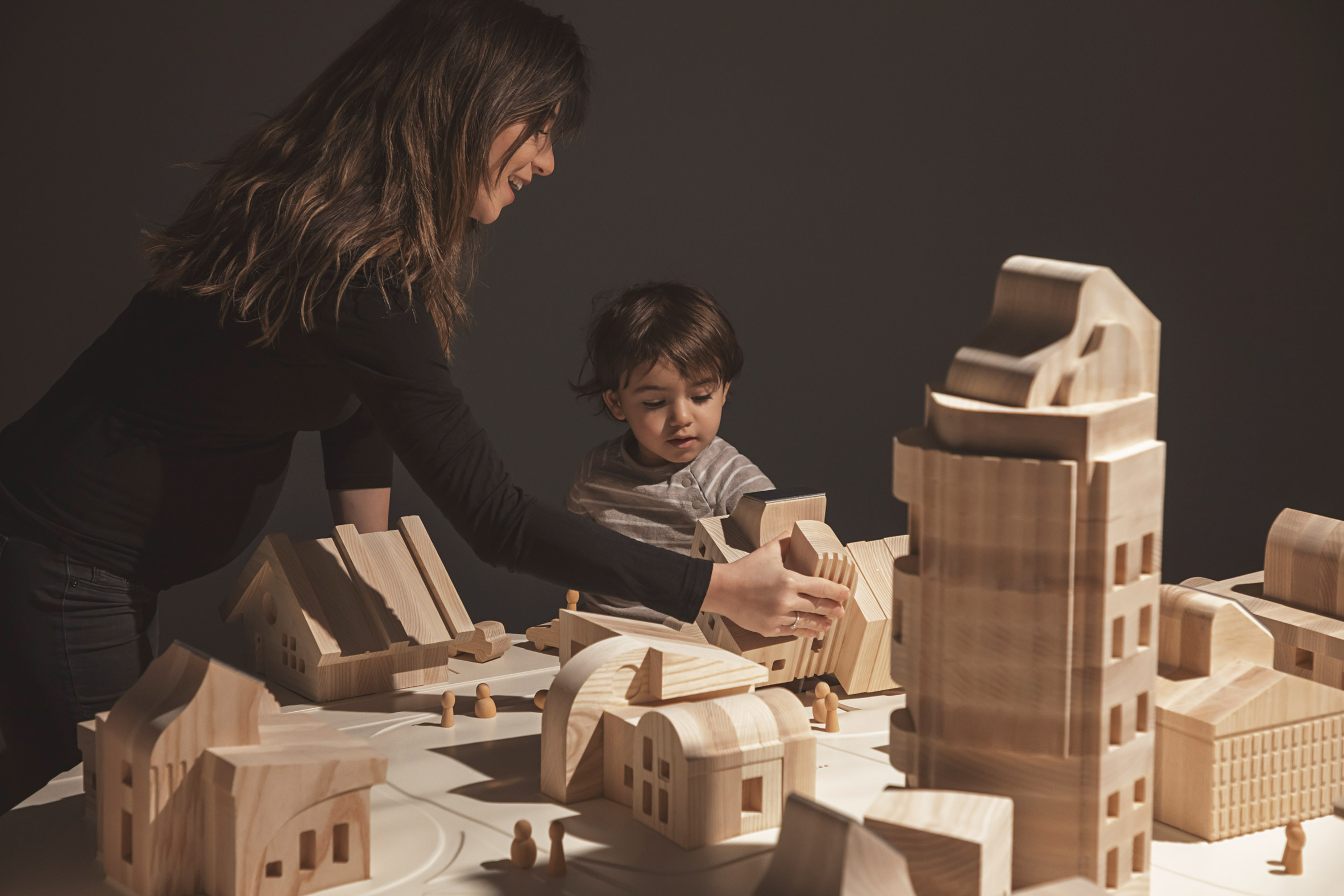
"Centralised energy systems are often too slow and economically inadequate to reach the 1.1 billion people who remain locked in energy poverty," added Space10 creative director Bas Van De Poel. "It's an almost impossibly expensive task to reach these people with the centralised energy networks we have in place today."
"SolarVille shows that when working in tandem, technologies such as solar panels, micro-grids and blockchain open new opportunities: off-grid systems allowing people to leapfrog traditional grid electricity," he continued.
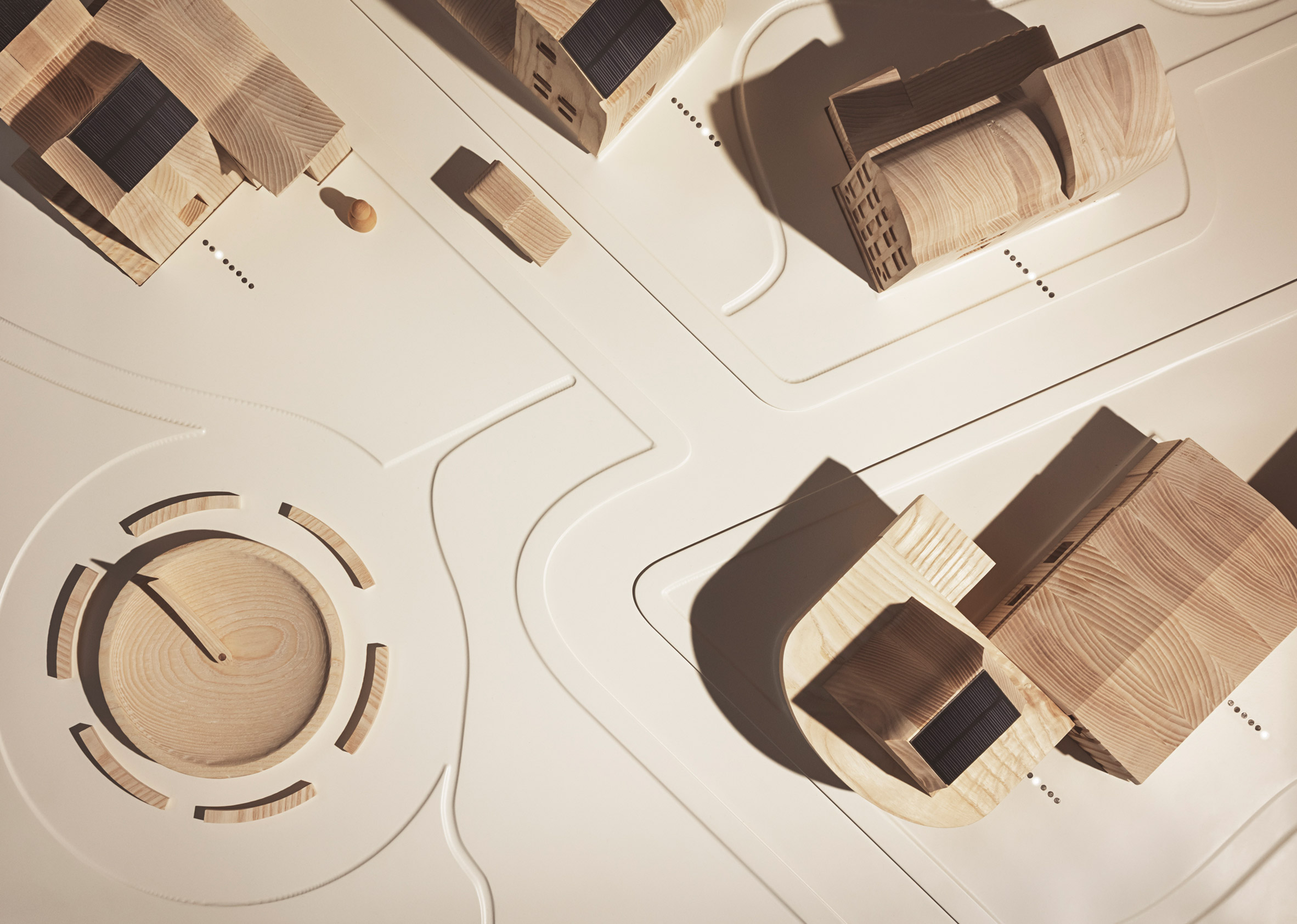
The creators of SolarVille believe that it is possible to put these measures into place today.
"We can actively choose to take major steps to reduce global warming and stabilise our climate," said Space10 lead creative producer Mikkel Christopher. "We can actively choose to free ourselves from being dependent on depleting natural resources."
Christopher suggests that implementing this system would empower millions of people by making clean energy accessible and affordable.
"The technology exists, so the next step is to make an active choice to put it into practice," he said.
Space10 – an innovation lab set up by IKEA – continually aims to develop designs for a more sustainable future. The lab previously devised a menu of mealworm burgers and algae hotdogs that could offer the answer to the predicted global food crisis.
Photography is by Irina Boersma.
The post Space10's SolarVille project proposes communities generate and share energy appeared first on Dezeen.
https://ift.tt/2J0OKmG
twitter.com/3novicesindia
No comments:
Post a Comment